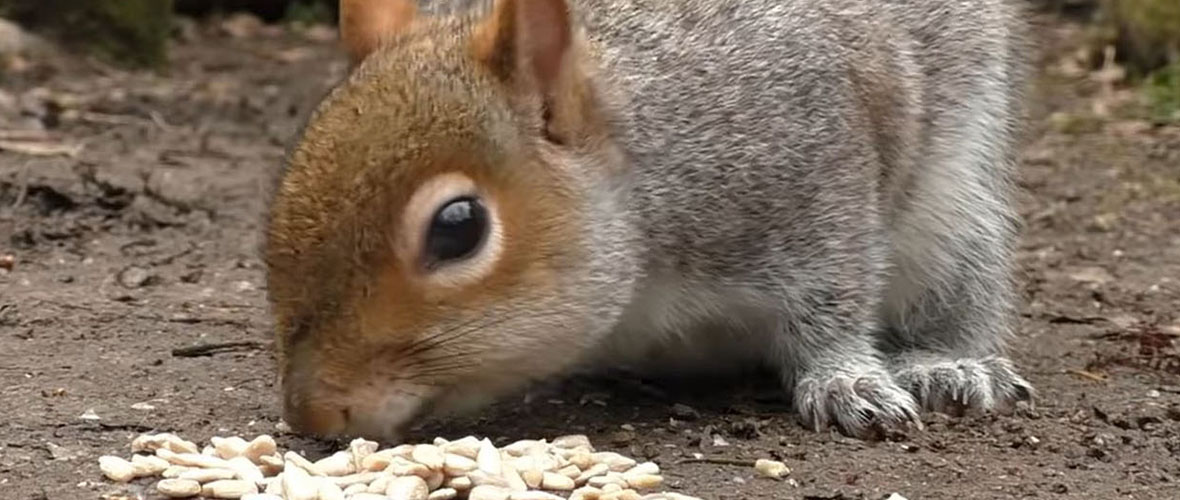- info@Sandy Springspestanimal.com
Call 24/7 for a free quote:
470-480-5036
Common Georgia Animals that Live in Attics - What to Beware!
When the Sandy Springs winter season approaches, the animals will start to look for places that will provide them with comfort and warmth. Our attics would be an excellent place to construct their shelter. This place is complete with insulation that keeps the temperature at an optimal level. You should not wait until these animals have been fully established in our attic before you try to remove them.

List of Animals That You May encounter in the Attic
Numerous Georgia animals can be encountered in the attic of our homes and commercial establishments. The strange noises and the time when you are hearing them will help you determine the animal that is squatting in your property. This will help you choose the best solution to end the problem.
Sandy Springs Squirrel
The squirrel is the most common animal that you will come across in your house especially in the attic. They may look cuddly but this rodent can cause considerable damages to your house. Some species of squirrel will be active during daytime. Apart from winter season, they may also invade our house during August and early part of the fall.
Mice
Mice are tiny Georgia critters that will be active at night. You will usually hear their chattering and scampering sound at night. They will be infesting our house throughout the years but they will be active at winter season. The mice have the capacity to produce more than 100 droppings each day. They can contaminate our attic with their urine and feces. This boosts the probability of disease transmission.
Raccoons
The raccoons are known for being mischievous and curious despite of their appearance. They are quite large, which means that the noises that they will create will be more audible. They are known to be vocal, and their babies can create a very distinct call. They will usually enter our house during spring season to nurse their young. Eviction fluid would be effective against them during this time.
Bats
When the Georgia bats are looking for a roosting ground, they will look for the space that will provide them the same ambiance and setting of the cave, which is their natural habitat. They have a long lifespan and they have a tendency to return to the same roosting area once they return from their migration. You should avoid using mothballs and ammonia since they will be ineffective against them. In addition, they will have an adverse effect towards the health. When dealing with them, understand that there are certain laws that protect them. Call the local wildlife center to be familiarized on the existing laws.
Every time that you suspect that you have a wild animal in your Sandy Springs attic, it is always best to contact the wildlife professionals. There may be a nest filled with babies that you are not aware of. They may also carry some risks that you don’t know. Unless you have the right equipment and you are properly trained, you should never try to deal with your problems on your own and expose yourself to the hazards they may carry.
Visit our Sandy Springs animal removal home page to learn more about us.

